Ideally you are out on the mountains and the sun is shining, there is a gentle wind and the views are endless. It isn’t always like this. Sometimes you get wet.
Some of our best times on the mountain have been in the worse conditions, but then we like a bit of a challenge. As always, you need to be prepared for whatever mother nature throws at you. On the hills your biggest danger is exposure to the elements; wind, rain, sleet, snow, cold, heat and sun. Getting wet, not only saps your morale, it quickly lowers your temperature, leading to shivering and hypothermia. What you need is something to keep out the wind and the rain.
But it isn’t quite as simple as that. All that activity you are undertaking also has consequences, you perspire. Yes male or female we all do it, serious exercise leads to sweat.
So not only does your outer layer need to keep out the elements, it also need to breath, and let all that perspiration escape. If you don’t have a breathable membrane, your sweat will condense on the inside of your garment and you will get wet and smelly.
Luckily science has come up with a fabric. Its brand name is Gore-Tex and for the science, lets go to Wikipedia;
It is typically based on thermo-mechanically expanded PTFE and other fluoropolymer products. They are used in a wide variety of applications such as high performance fabrics, medical implants, filter media, insulation for wires and cables, gaskets, and sealants (Wow who would have guessed it was used for all that!). However, Gore-Tex fabric is best known for its use in protective, yet breathable, rainwear. (At last, something really worthwhile![]() ).
).
The simplest sort of rain wear is a two layer sandwich. The outer layer is typically nylon or polyester and provides strength. The inner one is polyurethane, and provides water resistance, at the cost of breathability.
Early Gore-Tex fabric replaced the inner layer of PU with a thin, porous fluoropolymer membrane coating that is bonded to a fabric. This membrane had about 9 billion pores per square inch (around 1.4 billion pores per square centimeter). Each pore is approximately 1/20,000 the size of a water droplet, making it impenetrable to liquid water while still allowing the more autonomous water vapour molecules to pass through.
Now that is a lot of small holes, so the bottom line is that it keeps you dry, by not letting the rain through, and at the same time lets your sweat, in the form of vapour, escape. Well that is the theory! Gore-Tex should also be pretty wind proof.
The truth is that if you are in a deluge, rain will probably still get in somewhere. If you are climbing down a waterfall, water may cascade down your neck. Don’t expect miracles. I have had friends and colleagues who swear by this stuff; one had a Gore-Tex sleeping bag which he said you could use it in a stream, he never tried and I never believed him! Don’t believe all the hype.
So what to look out for. A nice logo on the outside and a good colour?
Jackets
Lets first talk jackets and lets talk the basics.
Actually colour could be important when you are stuck on a mountainside. Both of ours are bright red. Not so good for stealthily spotting animals, but easy for someone to spot you!
Size; You may want it a bit big so it fits over all those layers of clothing that may be necessary when it is bloody freezing.
Make sure it comes below your bum for when you sit down, and you need a good overlap with your waterproof trousers.
All those seams should not be sown, they will let in water. They should be welded and taped.
You will want a good hood, make sure it closes around your face so you can still see, and that it moves with you when you turn your head. You might want it big enough so that it will also cover a climbing helmet and/or a balaclava to keep your head warm.
Don’t forget, Gore-Tex is not in itself that warm. You can get jackets that are lined with fleece or down, sometimes this is even zipped into the jacket. Too fussy for me. Too many zips. Keep them separate. You may want to wear your waterproof just over a t shirt in a hot summer shower, or in the tropics.
The zip at the front should have good overlaps with Velcro fastenings, to stop the worst of the weather getting in.
There should be plenty of draw cords; around the bum, around the waist, around the head, all to be tightened to stop any horizontal rain.
Velcro fastenings around the wrists, to be sealed against your waterproof gloves.
All of these need to be operated when you have a thick pair of gloves on, so decent toggles to allow pockets to be opened, zips undone, sleeves refastened.
And the niceties;
Pockets
How many pockets do you really want. Not to many, every one can be an extra place where the rain gets in; less is more.
One for the mobile, emergency blanket and whistle, one for the map and maybe for the gloves. Be careful with pockets. I used to keep my camera in a hand pocket. I left it open, it filled with water, ruining the camera. You learn by your mistakes! At least I proved the fabric was indeed waterproof.
Ventilation
Your front zip should open from the top and bottom so that it can be partially opened for ventilation, it should also have a velcro overlap to prevent the ingress in the worse of conditions.
You might also consider zips under the armpits. Too many openings for me, but some jackets have them.
Detachable hoods
Not a good idea, sure to fail and let the water down your neck.
What are ours?
We like the no frills approach to Mountain Equipment. I believe they were originally a British design, although like 90% of these products, they are manufacture in China.
They have a good warrantee and both of ours are about ten years old, so we will be shortly looking to replace them. But not a bad lifespan, considering what they have been through.
The closest equivalent to what we have would be;
Trousers
Colour is less important. Ours are black.
Size; the same is true, you may want them over thermals and trousers, maybe even down.
You need full length zips. With these you will be able to take them on and off without removing your boots.
These can also be used for ventilation when part open
Limit the amount of pockets, although openings to access inner pockets are useful.
Think about toilet stops!
Snow gaiters around the ankles can stop the white stuff getting in.
I find braces are really useful, many come with them.
All of these need to be operated when you have a thick pair of gloves on, so decent toggles to allow pockets to be opened, zips undone.
Reinforcements around the knees and ankles. The ankles are especially liable to get small nicks from crampons.
What are ours?
Back to Mountain Equipment.
Gaiters
Without gaiters, trudging through snow will inevitable lead to cold feet as the white stuff gets into your boots. They can also provide an extra layer of waterproofing to your shoes and ankles.
As before think good toggles so they can be tightened with gloves on.
Good overlaps around the zip will keep you boots and ankles warm and dry
However difficult they are to put on, I still swear by Berghaus Yeti Attack. These are stretched over the whole boot, which means they provide an extra layer of protection to the boots, but they are a bugger to put on!
These are what the army use so you can often get them cheap on ebay, but they will be in green!
Gloves
You may wish to layer these with a thin pair over an outer shell. We tend not to, although I have in the past.
Her you need to think good grip, ours are leather. As always, good toggles and draw cords to make a good seal and keep the wind and rain out.
The separate lanyard will stop you losing them!
As always, mountain equipment!
Our current favourites are;
http://www.mountain-equipment.co.uk/couloir-glove
Cleaning
These garments will have a Durable Water Repellent (DWR) treatment on the surface of the fabric which will wear from use. This will inevitable reduce the effectiveness of the waterproofing and the performance of Gore-Tex.
Back to Wikipedia; The DWR prevents the face fabric from becoming wet and thus reducing breathability. However, the DWR is not responsible for the jacket being waterproof. This is a common misconception, so when the face fabric becomes soaked due to an absence of DWR, there is no breathability and the wearer’s sweat will cause condensation to form inside the jacket. This may give the appearance that a jacket is leaking when it is not. The DWR can be reinvigorated by tumble drying the garment or ironing on a low setting.
Therefore you need to replace the DWR when it wears out. There are various online suggestions when to do this, there are even suggestions that using fabric conditioner is a good cheap alternative to the branded methods. Not sure about this, it seems to work, but wears rapidly. We tend to reapply the DWR every other year, although we might increase this as the garment gets older or with heavy wear. We use Nikwax products, partly because once again they are British and the HQ is close to my family home in Kent!
Obviously follow the instructions. Clean out the washing machine of any residual powder and conditioner. Soon they should be as new again.
For free samples see here
http://www.nikwax.com/en-gb/webquiz/index.php
Usually we machine wash the garments, but while away we will use spray on treatments.
GDR

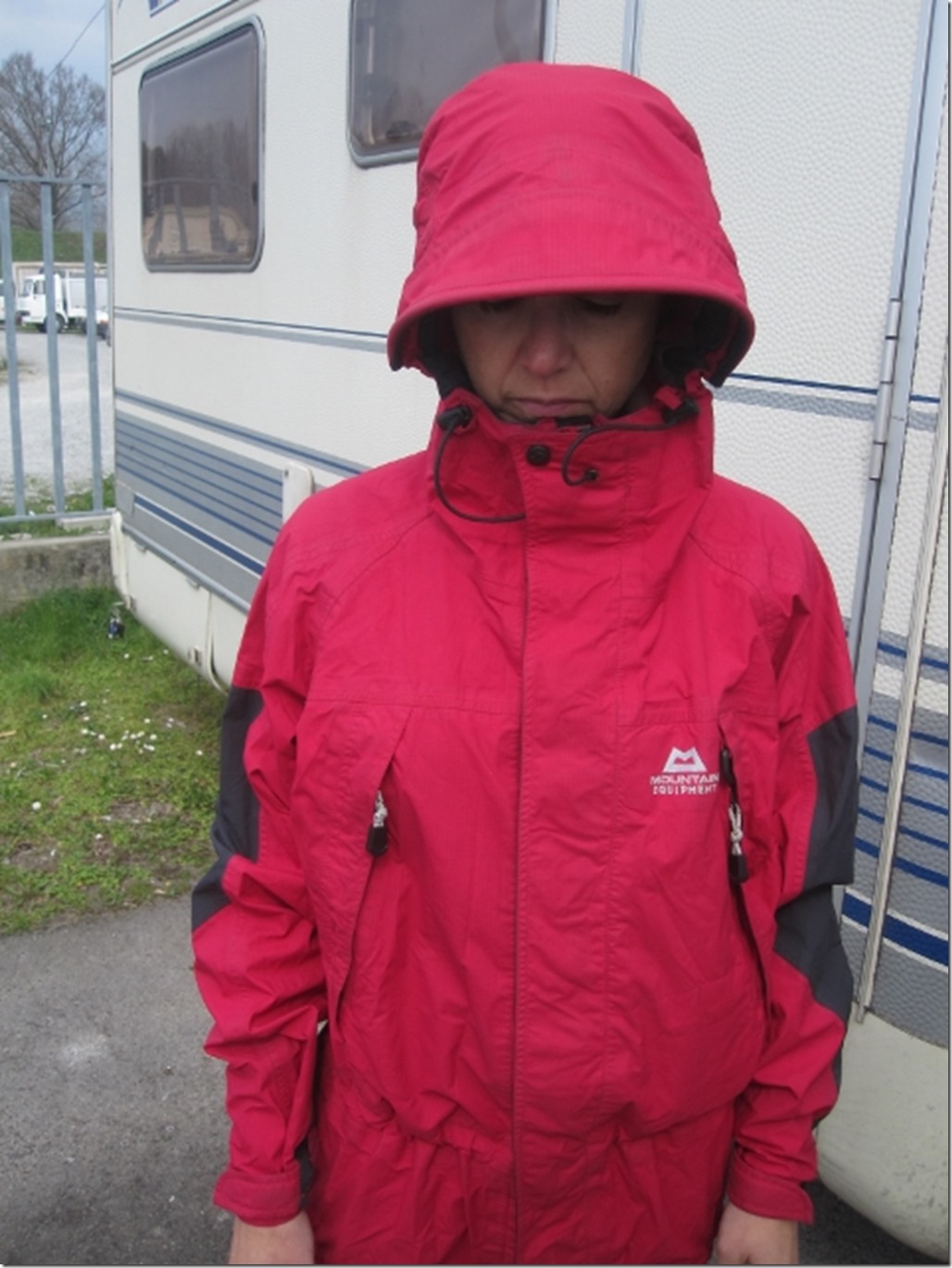
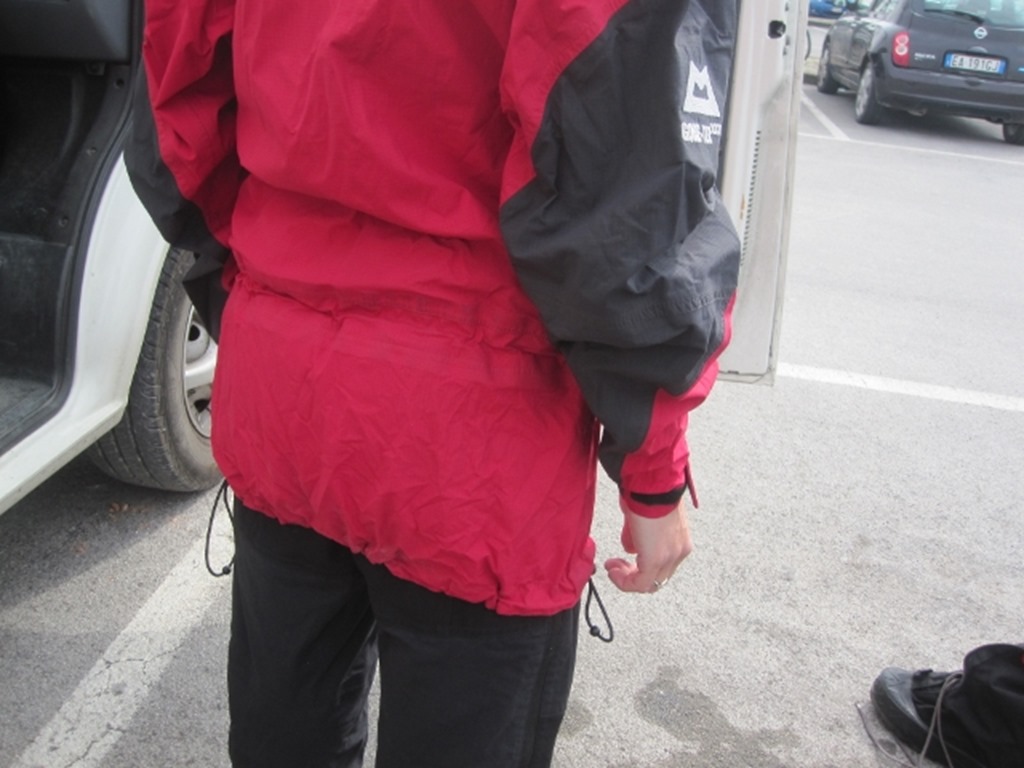
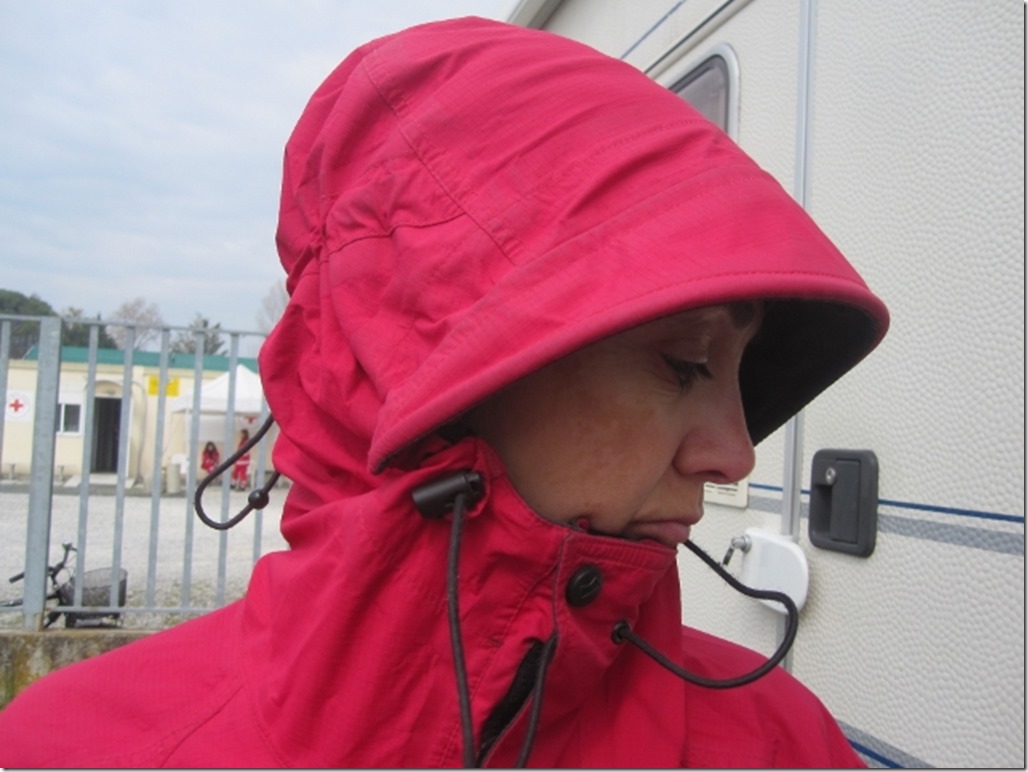
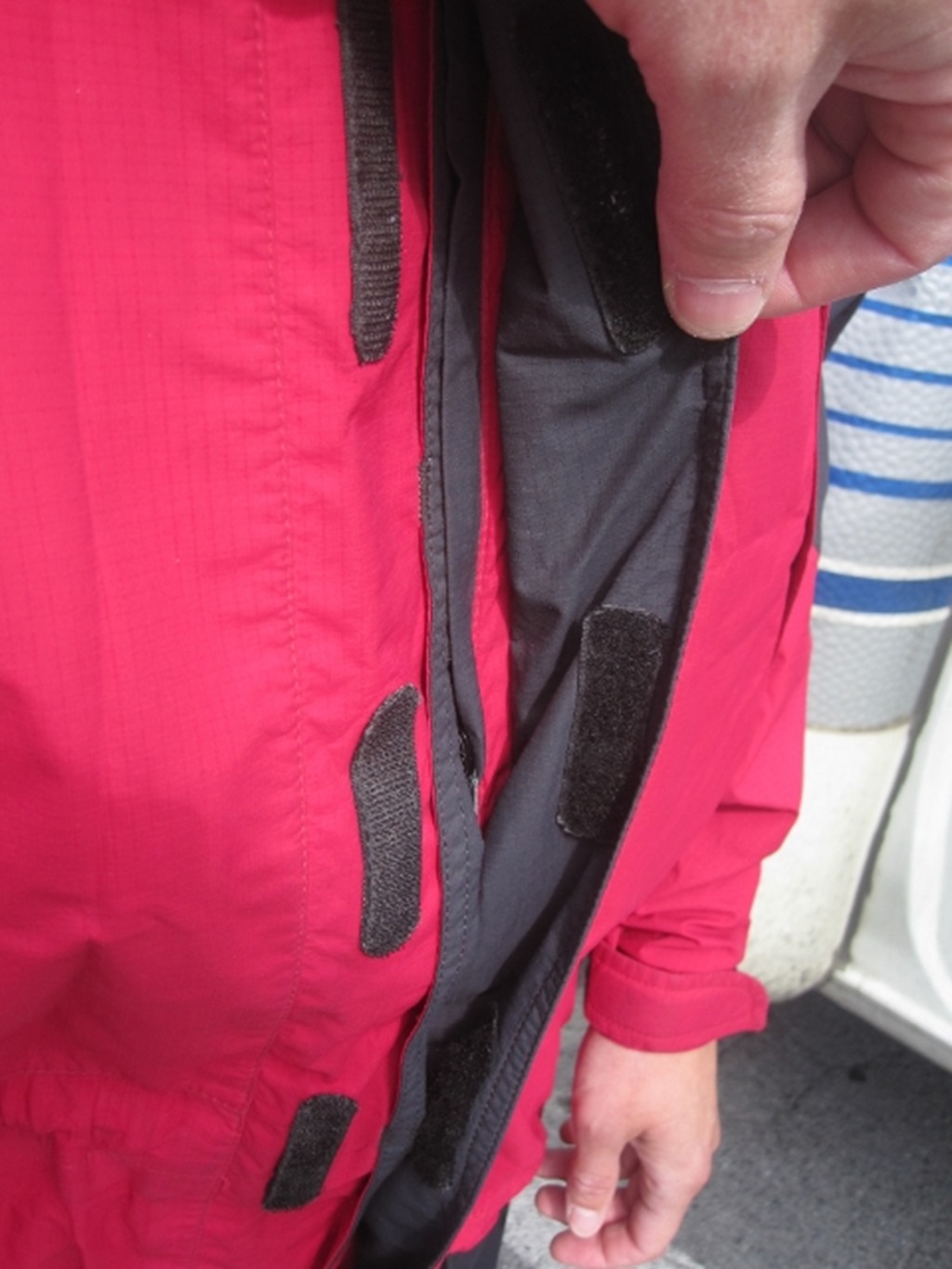
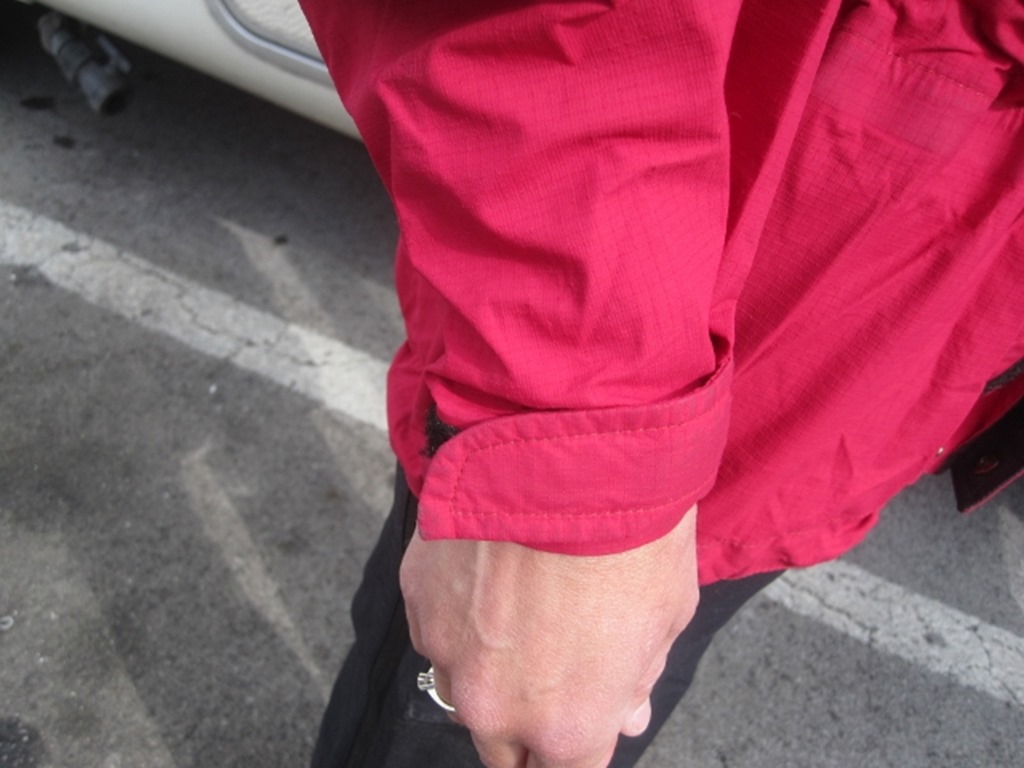
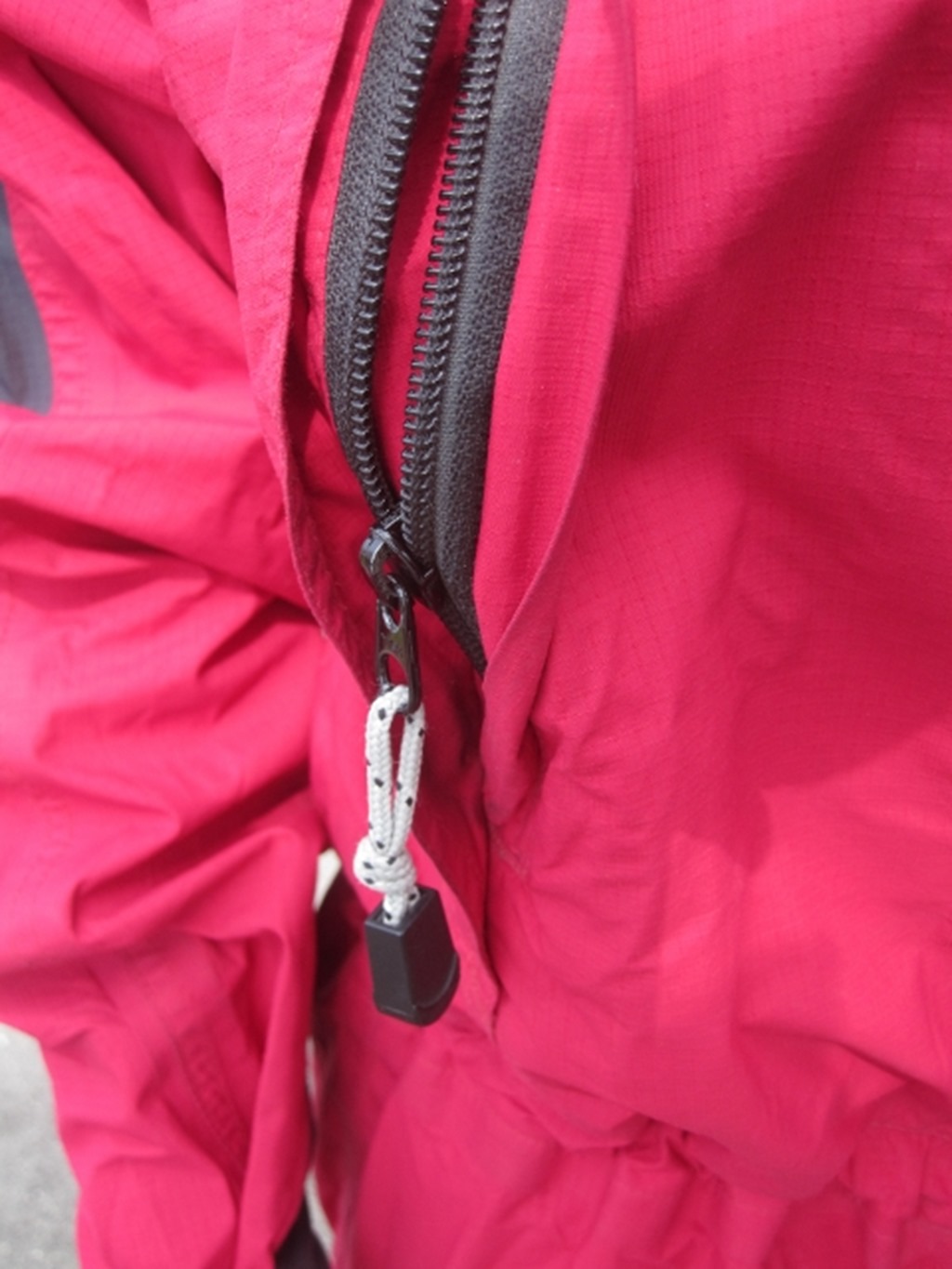
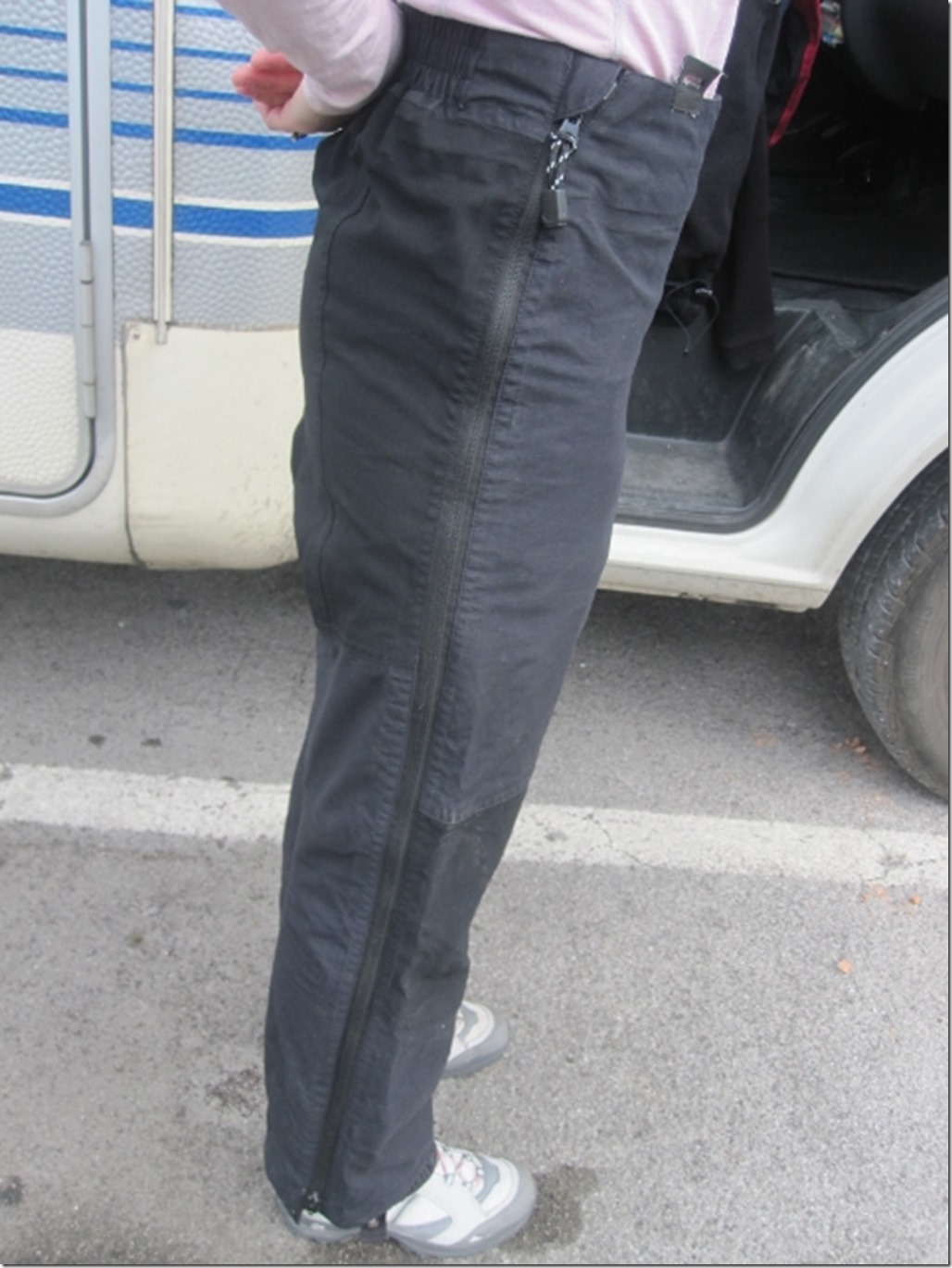
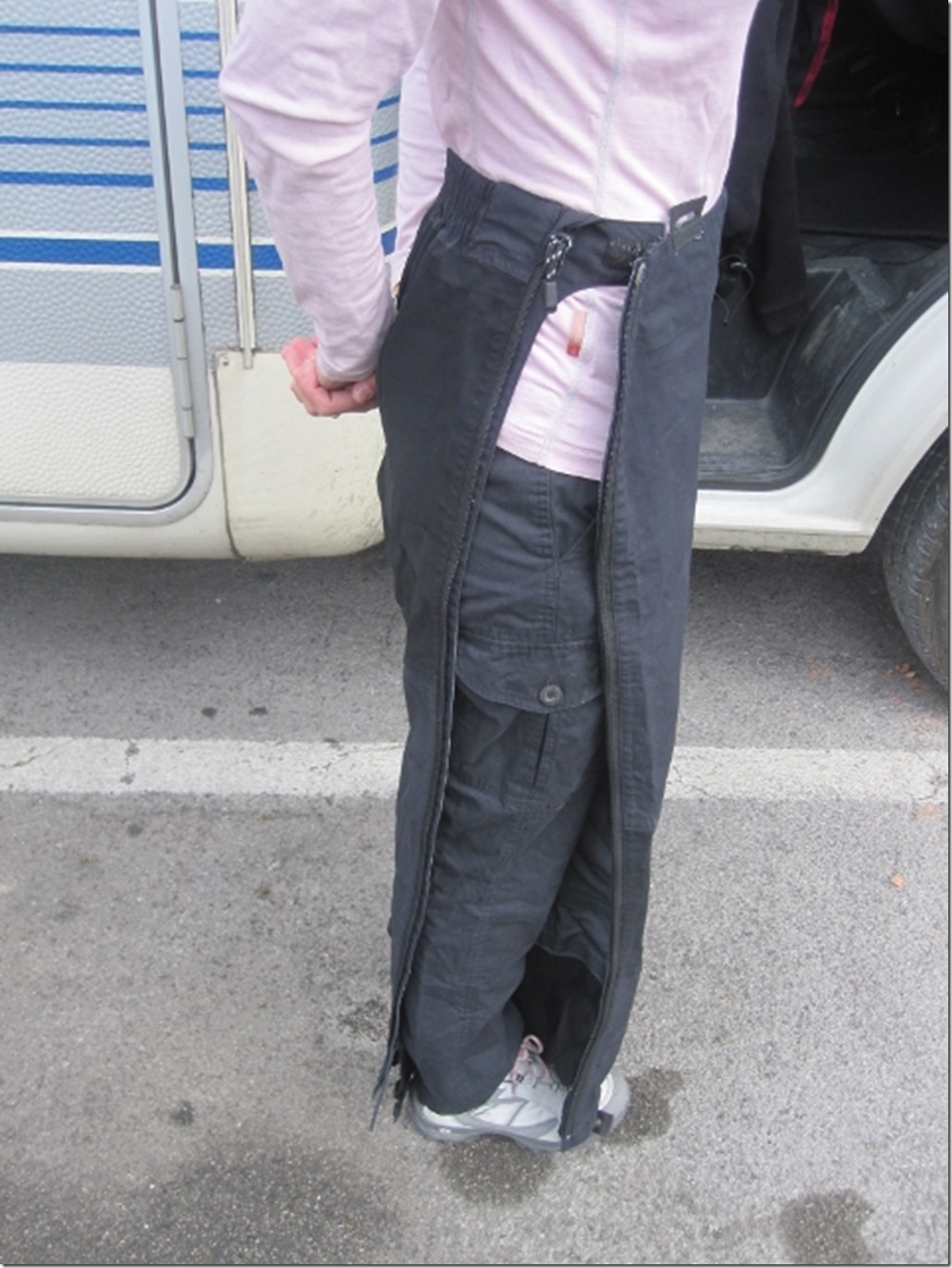
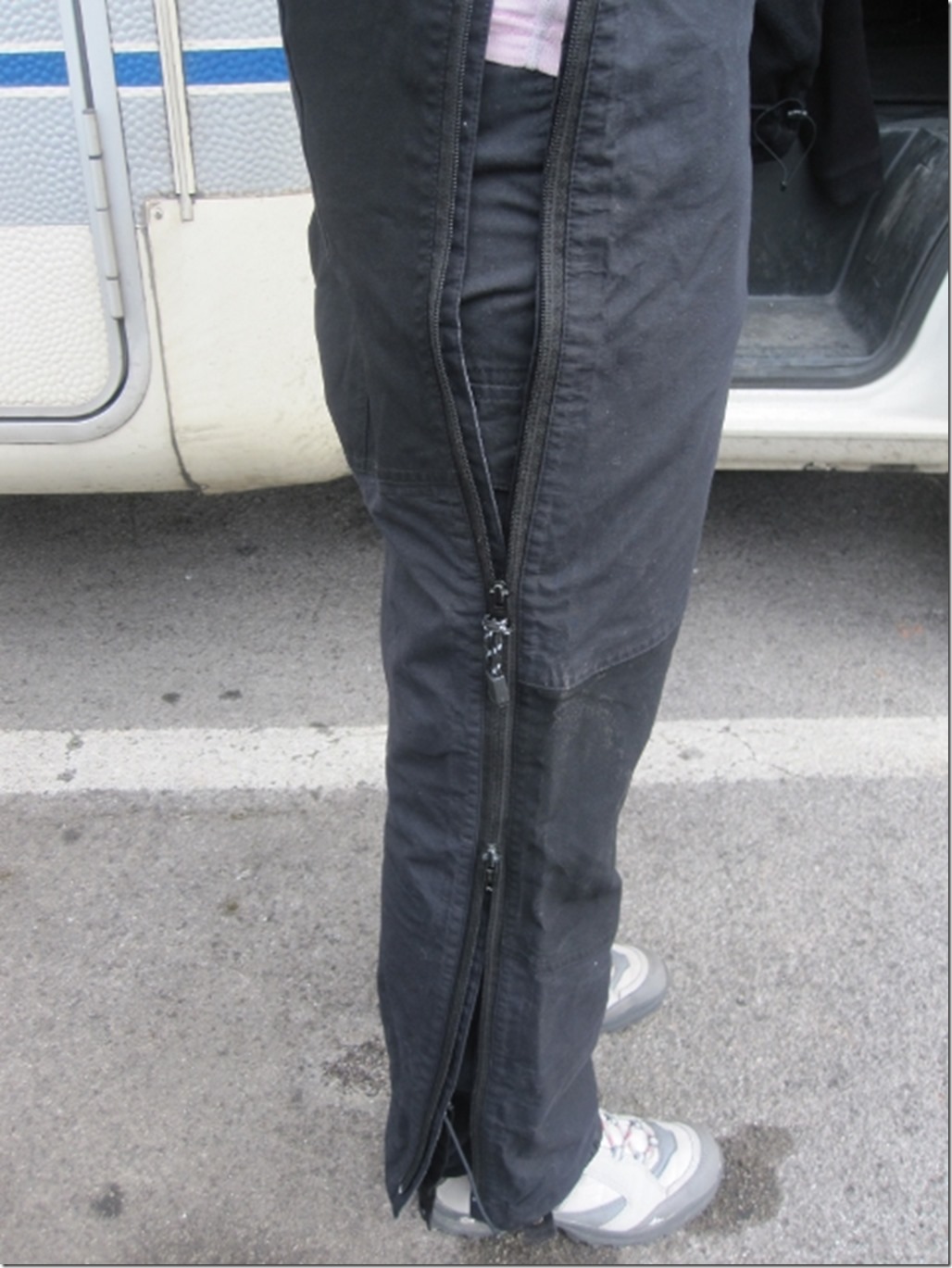
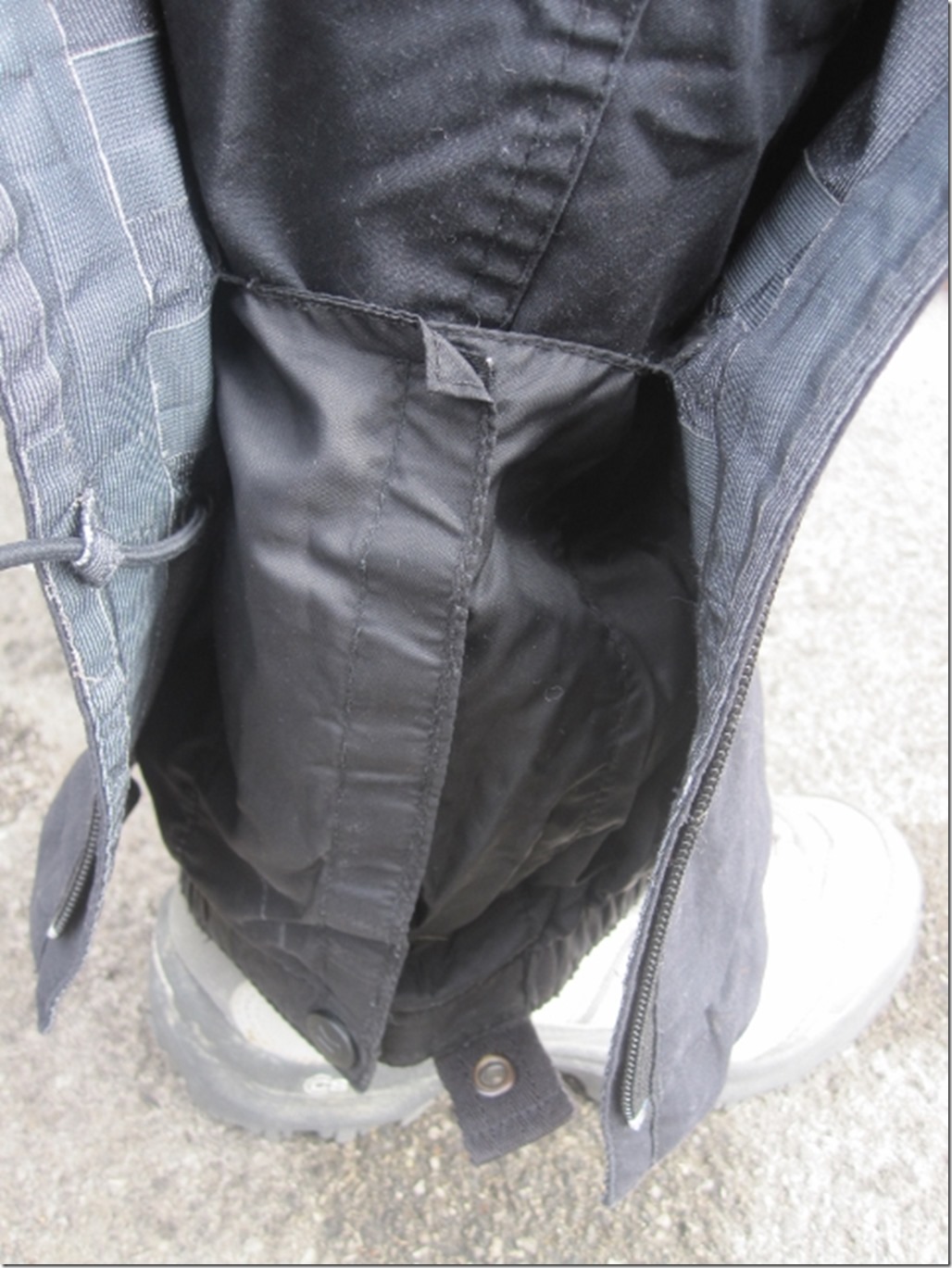
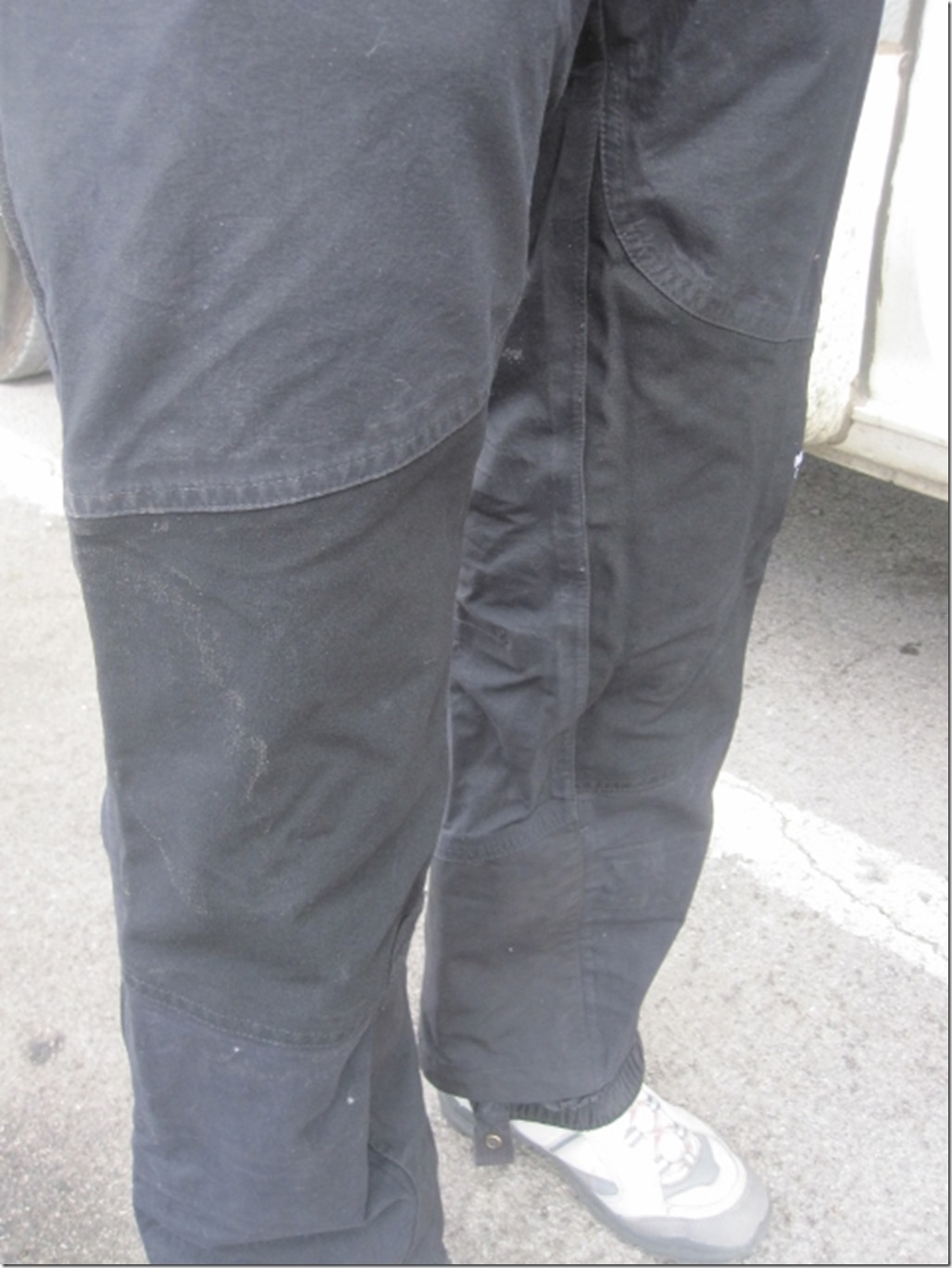
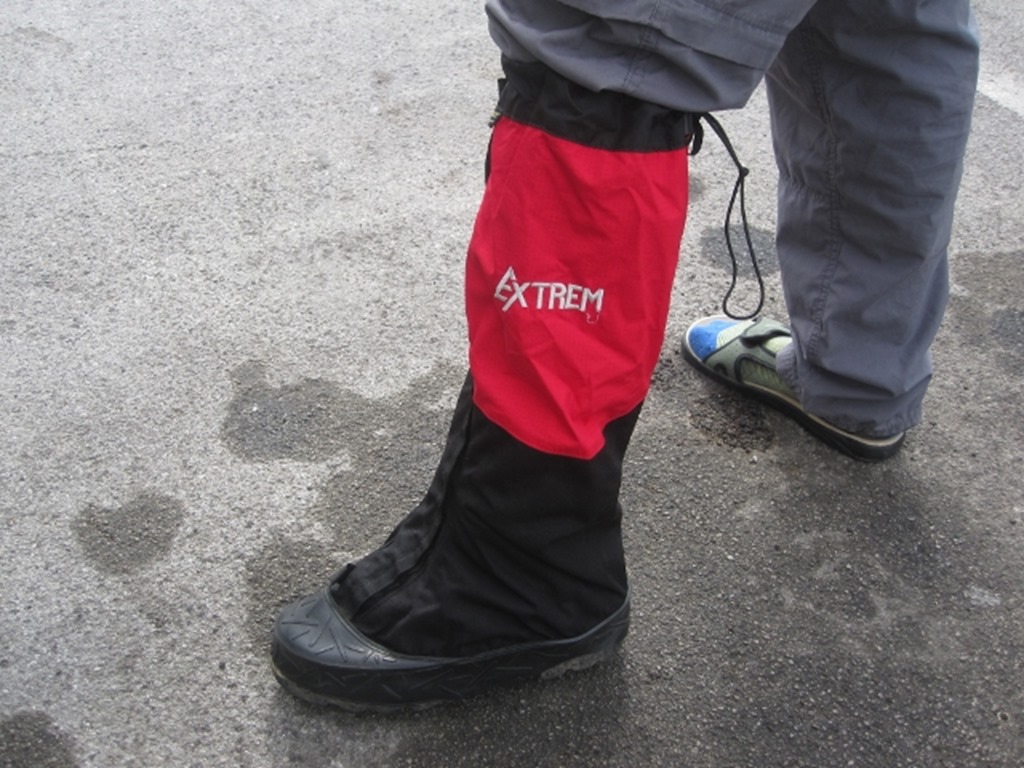
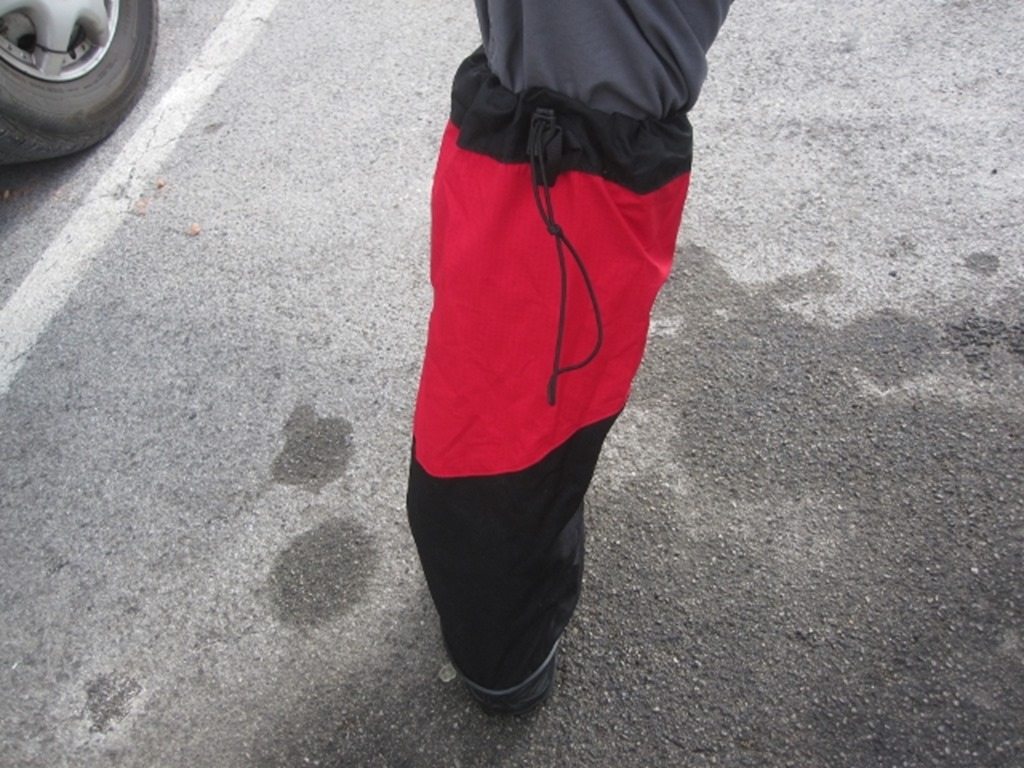
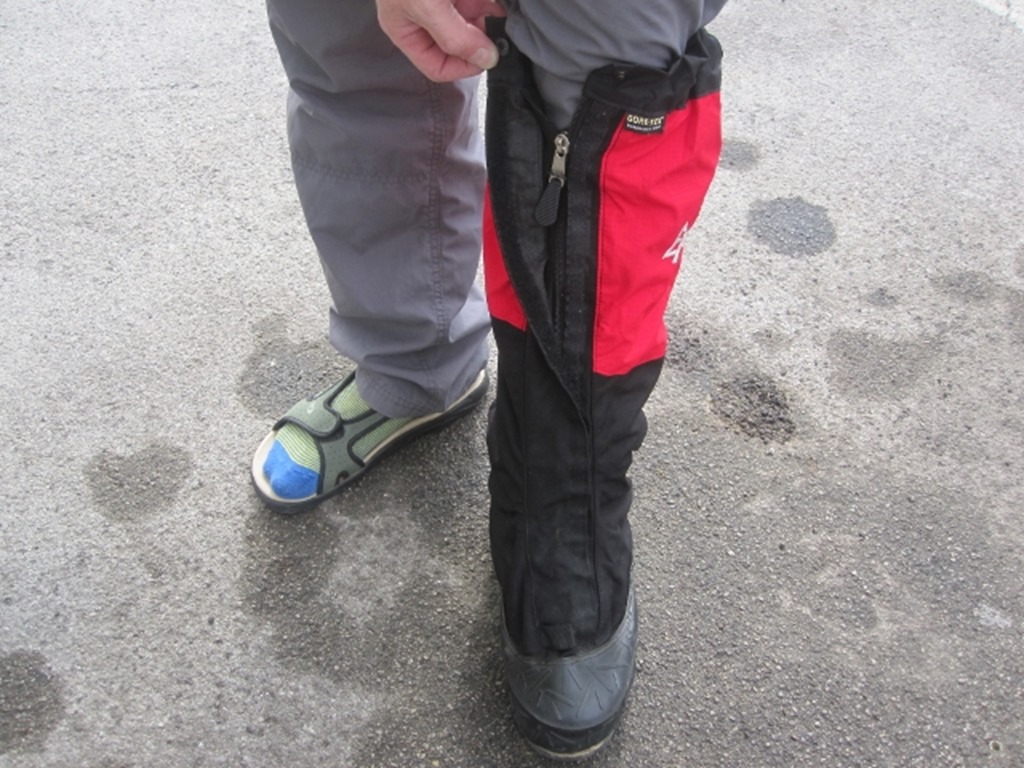
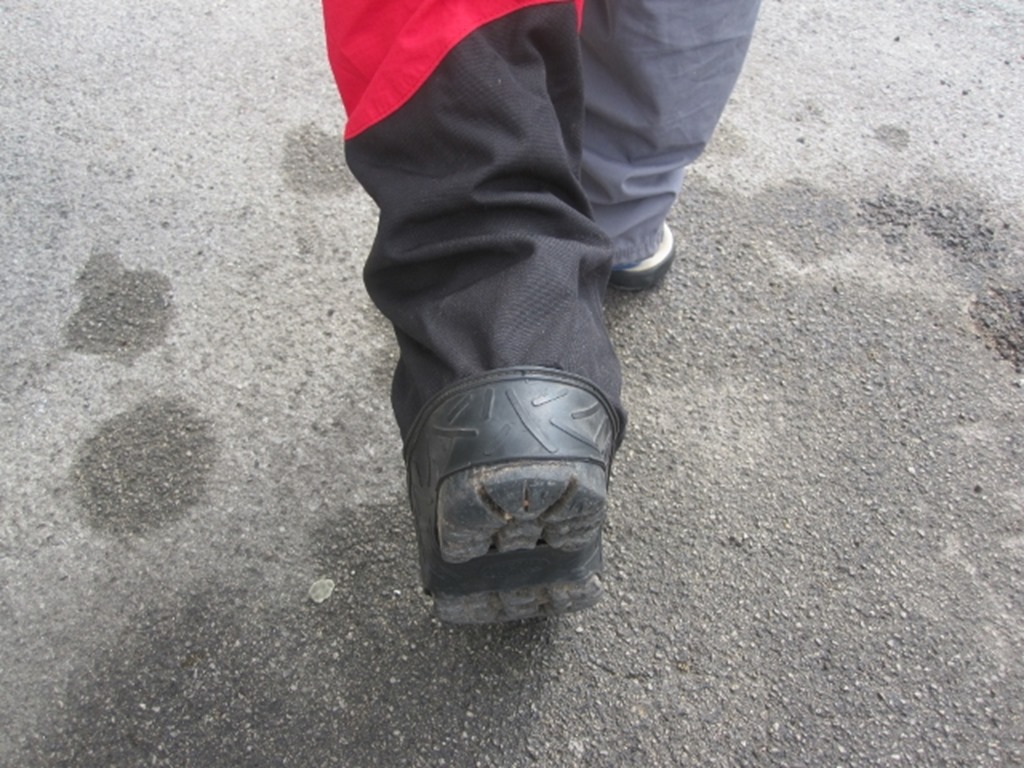
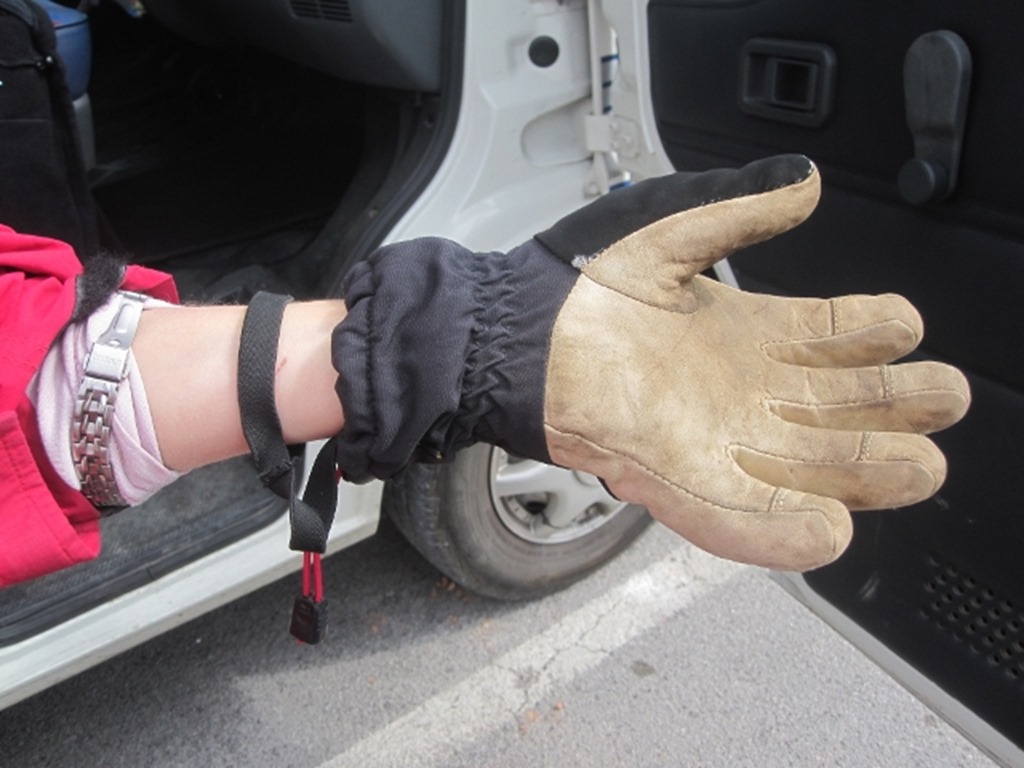
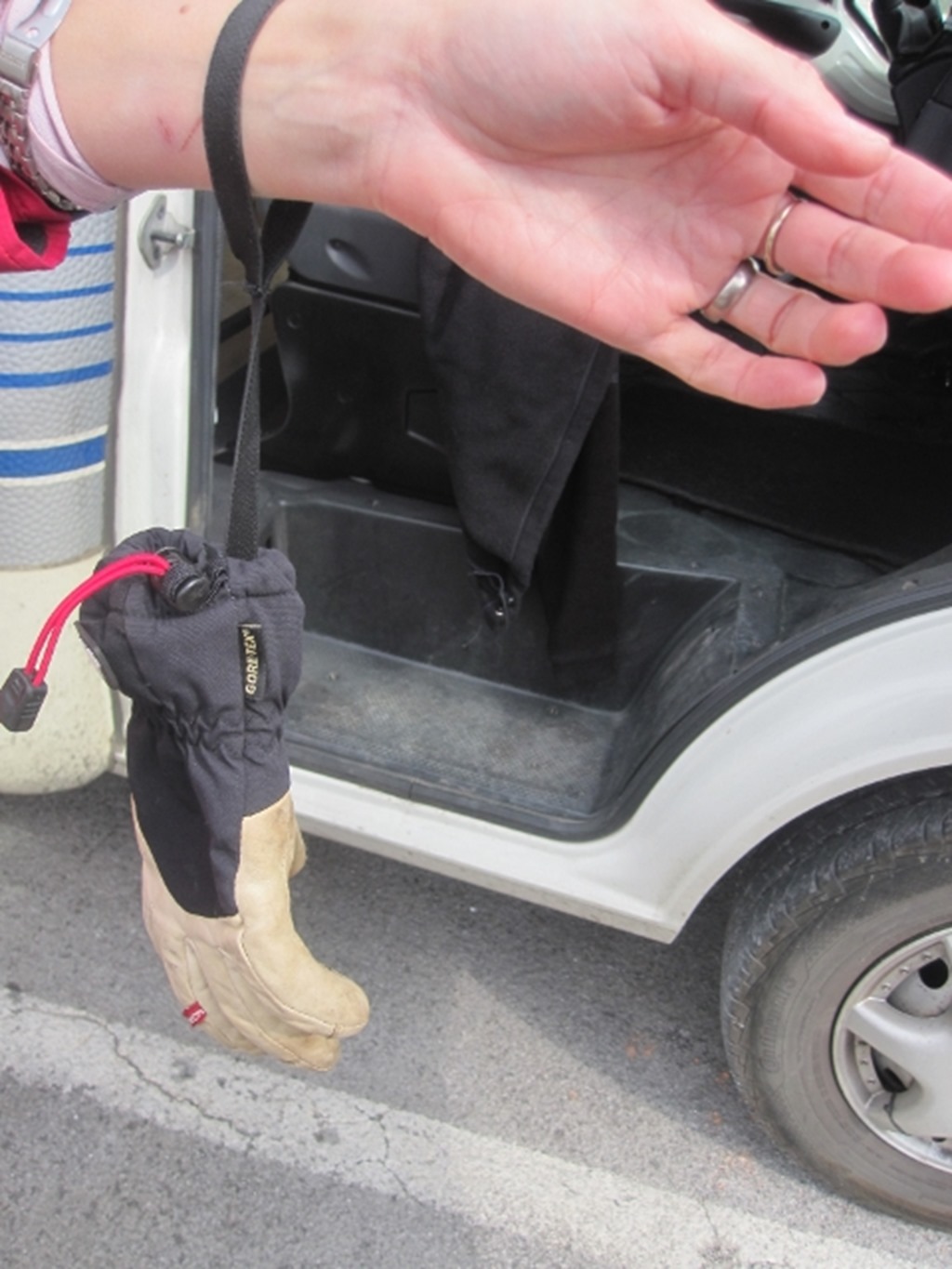
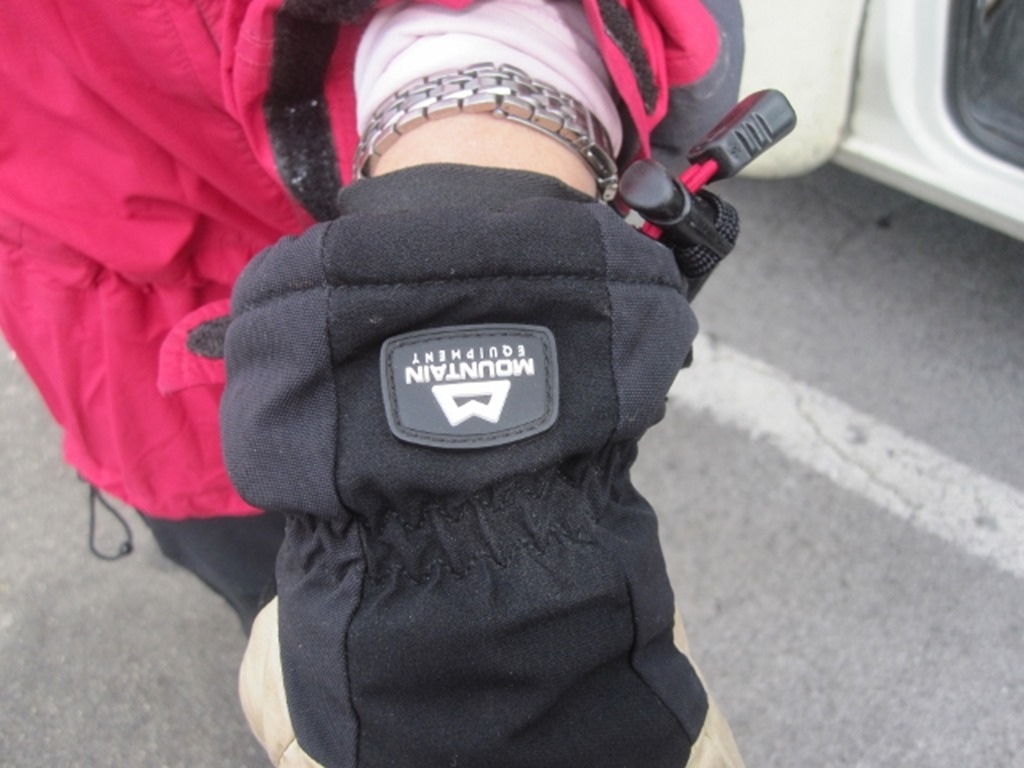






Sin duda alguna , Buenos trajes, buenas botas, pero me pregunto; ¿ Cuanto tiempo necesitáis para ponerse tantas cosas?
Uno coge practica. Sobretodo si empieza a llover en la montanya. No hay tiempo que perder